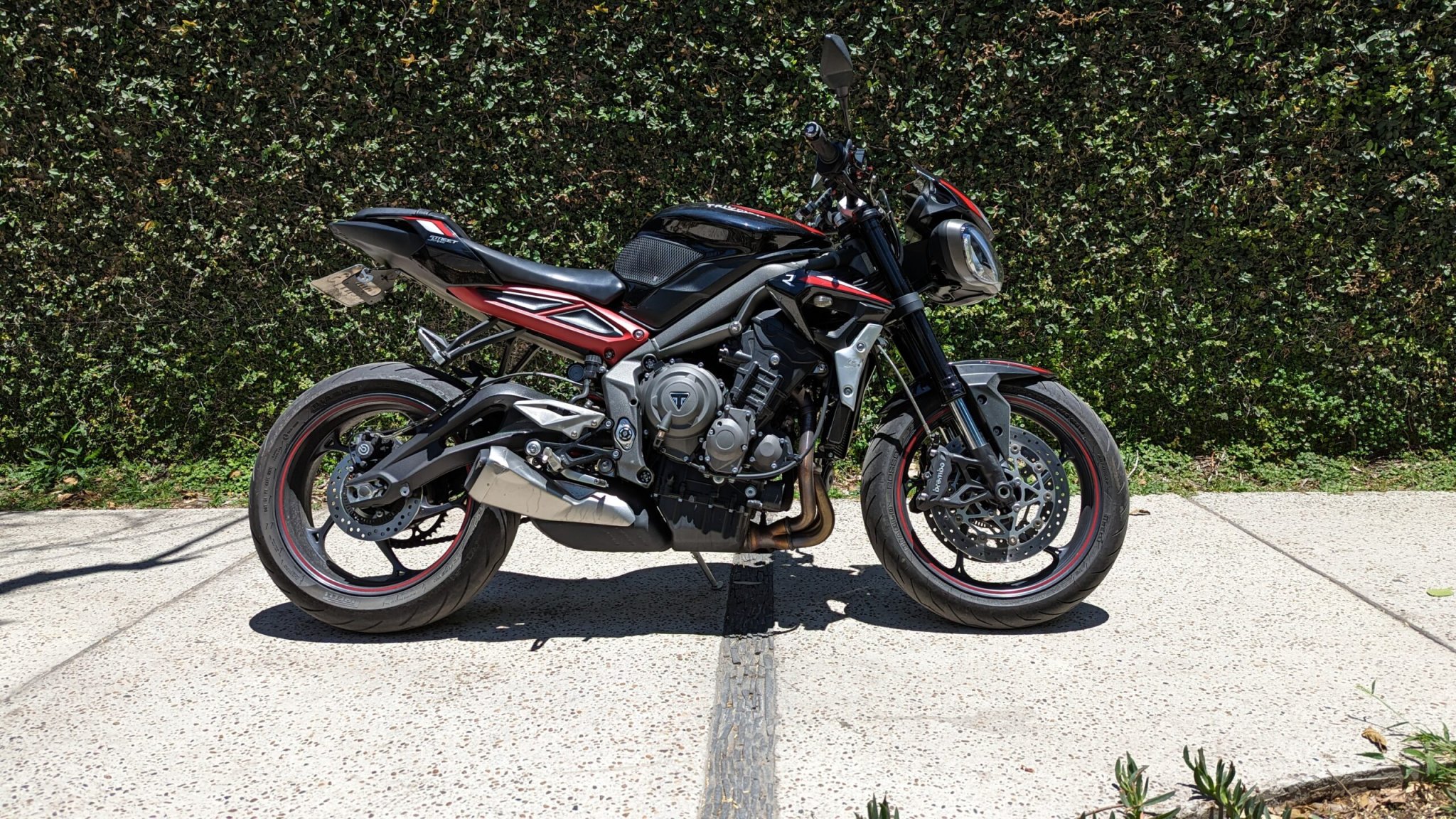

We may earn revenue from the products available on this page and participate in affiliate programs. Learn more ›
The big day is almost upon us. Looming clouds are turning to blue as you get ready to throw your leg over your motorcycle for another season. And to make sure everything goes smoothly, first you’ll need to get your bike ready for summer.
It’s astonishing how many technical and mechanical gremlins can launch an assault on your bike over the winter months. Nuts and bolts that were perfectly fastened when you stored it are now loose. And electrical systems that never had any issues suddenly won’t work. These are the problems to catch and fix before they ruin your first big ride.
How much work you need to do depends on how you prepared your bike for winter storage and its maintenance schedule. If you did the bare minimum before storing your motorcycle, you could have a bit of work on your hands before hitting the road. Even if you tucked it in like a baby when you put it down for winter hibernation, there are plenty of checks and a couple of things you can do to ensure your first ride is hassle-free.
The first things to get are motorcycle cleaning supplies, a chain cleaner and lube, and some grease. If you need to do some basic maintenance before hitting the road, buy or borrow a mechanic’s tool set. Hopefully, you hooked up your battery to a smart charger, but if you didn’t, pick up a Noco. Finally, you’ll want to get a tire inflator if you don’t already have one. And that’s it. So let’s get after it.
Step 1: Wash and Inspect
Blast away the winter blues and return your motorcycle to its former glory with a deep wash. Get into every nook and cranny and inspect the parts as you work. Now is the time to check all the rubber seals and hoses on your machine, and ensure none corroded during winter. You should also keep an eye out for loose nuts and bolts. Tighten or replace as necessary.
Step 2: Battery
Hopefully, you hooked your bike’s battery up to a smart charger before putting it in storage, but if you haven’t, you’ll need to check its health. You can use a multimeter to check the voltage or listen to it when (if) it turns over to hear if it’s straining. If your battery is dead or low, hook it up to a smart charger, and leave it until it’s topped up.

Step 3: Electrics
Just because all your electrics worked when you parked your bike up doesn’t mean they will now. It could be anything from a blinker to a CID unit. Inspect everything as you would if you were buying a used bike. Pay particular attention to daytime running lights, headlights, brake lights, blinkers, and the gauge cluster.

Step 4: Mechanical Check
As with the previous step, imagine you’re buying a used bike and are checking its frame, suspension, and brakes. Listen for new squeaks or grinds as you roll the bike with the engine off. Apply the front brake and push the bike forward and backward, paying attention to any knocking noises coming from the headstock. The rear suspension might feel somewhat stiff as the oil in its damping reservoir could be thicker due to the cold.

Step 5: Brakes
Damp and cold weather can corrode disc brakes and pads, so check these are in good working order. If you’re coming up on brake fluid maintenance, now is the time to do it, as brake fluid is hygroscopic, meaning it attracts moisture. You don’t want too much moisture mixing with your brake fluid. Trust me. If your brake fluid has changed from a clear color to a brown(ish) color, there’s enough moisture in the fluid to warrant a change.
You might not need to change your brake fluid. A quick top up might be sufficient if the levels are low.

Step 6: Engine Oil and Coolant
This step varies somewhat depending on the preparations you made when storing your bike and your general maintenance schedule. If you changed the engine oil before storing your motorcycle, see if it needs to be topped up. But if the old engine oil you used last year has been sitting all winter, now is the time to change it. This is also a good time to fit a new oil filter, and if you haven’t touched your engine’s coolant in the last two years, change that too.
Step 7: Tires and Wheels
Always inspect your rubber before you ride. This is even more important if your bike’s been in storage for a while. Look out for sidewall cracks, cuts along the threads, uneven wear, and slow punctures. If you haven’t stored your bike on paddock stands, make sure you look for flat spots. Finally, check each tire’s pressure, as you’ll probably need to inflate them before setting off.
While you’re down there, inspect your rims and spokes to make sure nothing has buckled or cracked.

Step 8: Lube and Grease
Show your chain some love by cleaning and lubing it. You should also grease the clutch and throttle cables (if applicable). And like that, you’re ready to ride. Congratulations.
Video
